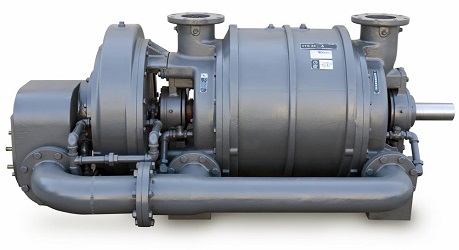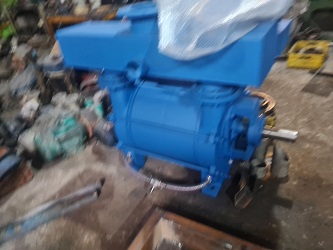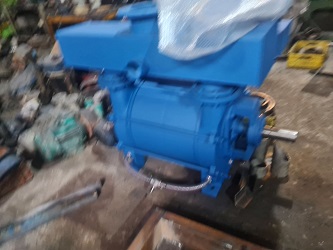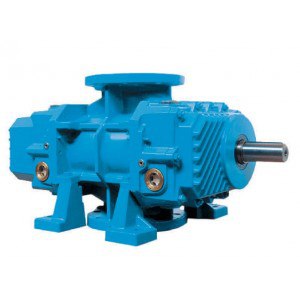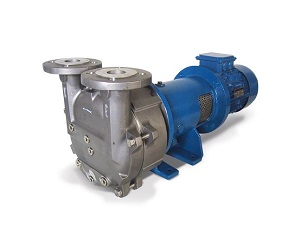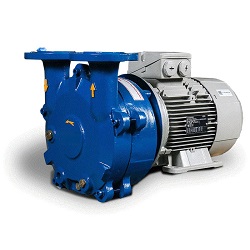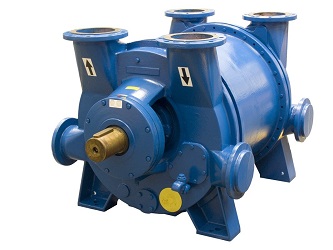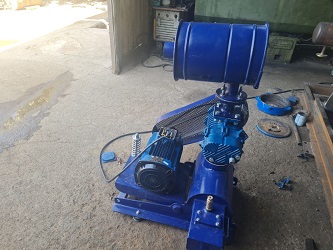I have been pulling a vacuum on my system using a micron gauge and cannot get it down to a low reading
See FAQ #1. Another possibility is that some oil may have entered the micron gauge and is giving false readings. The remedy is to pour regular rubbing alcohol into the connector on the micron gauge, shake, and pour out (do not use a q-tip, rag, or any other material – use the liquid alcohol only). Do this about three times, then try to pull a vacuum with the gauge.
If you’re having trouble pulling a vacuum down to a low reading on your micron gauge, it’s likely due to a leak in the system, moisture, or a contaminated vacuum pump. Excess contaminants or moisture can hinder the pump’s ability to achieve a deep vacuum.
- Check for leaks:Use a leak detector (electronic or soap bubbles) to identify any leaks in the system, including hoses, connections, and Schrader valves.
- Isolate the problem:If you suspect a leak, isolate sections of the system to pinpoint its location.
- Consider nitrogen testing:
If you suspect a leak but can’t find it with traditional methods, a nitrogen pressure test can help.
- Triple evacuation:
If you suspect moisture, perform a triple evacuation. This involves pulling the vacuum down, introducing nitrogen to purge moisture, and repeating the process.
- Change vacuum pump oil:
Moisture contamination can affect pump performance. Change the oil in your vacuum pump.
- Warm the system:
Applying heat to the system during evacuation can help vaporize moisture and improve vacuum pull-down.
My vacuum pump runs, but I cannot get a vacuum. If a vacuum pump runs but doesn’t produce a vacuum, it’s likely due to a leak in the system, I have been using my low side gauge to pull a vacuum, is this wrong? Yes, using only the low-side gauge to pull a vacuum is generally I have been pulling a vacuum on my system using a micron gauge and cannot get it down to a low reading. If you’re having pulling a vacuum OIL-SEALED PUMPS AND BACKSTREAMING – The vacuum industry has recently seen a major shift from oil-sealed mechanical pumps Presentation on theme: “Modern Devices: Chapter 4 – Vacuum Systems”— Presentation transcript: Vacuum Systems 4 Vacuum Chamber Technology pump vacuum For Brick And Ceramic Industry – vacuum pump For Brick And Ceramic Industry – vacuum pump For Brick And Ceramic Industry Liquid Ring Vacuum Pump In Ceramic Vacuum Filter – Precision ceramic vacuum filter features – Precision Ceramic Vacuum Filter Principle 真空泵 |真空泵的種類|真空泵價格 – 真空泵 |真空泵的種類|真空泵價格 – 真空泵 |真空泵的種類|真空泵價格 – 真空泵 |真空泵的種類|真空泵價格 – 真空泵 |真空泵的種類|真空泵價格 – 真空泵 |真空泵的種類|真空泵價格
- Check pump condition: Ensure your pump is functioning correctly and is adequately sized for the system.
- Clean or replace the pump oil: Contaminated oil can hinder performance.
- Consider pump limitations: Some pumps may have limitations on how deep a vacuum they can pull.
- Clean the sensor: Ensure the micron gauge sensor is clean (e.g., with rubbing alcohol).
- Check for calibration: Verify the micron gauge is properly calibrated.
- Consider potential for false readings: Some oils or refrigerants can cause inaccurate readings.
- Nylog: Use Nylog or other sealant on connections to improve sealing.
- Vacuum hoses: Ensure you are using vacuum-rated hoses and properly sized connections.
- System design: Some systems may have inherent limitations or issues that hinder vacuum pull-down.
